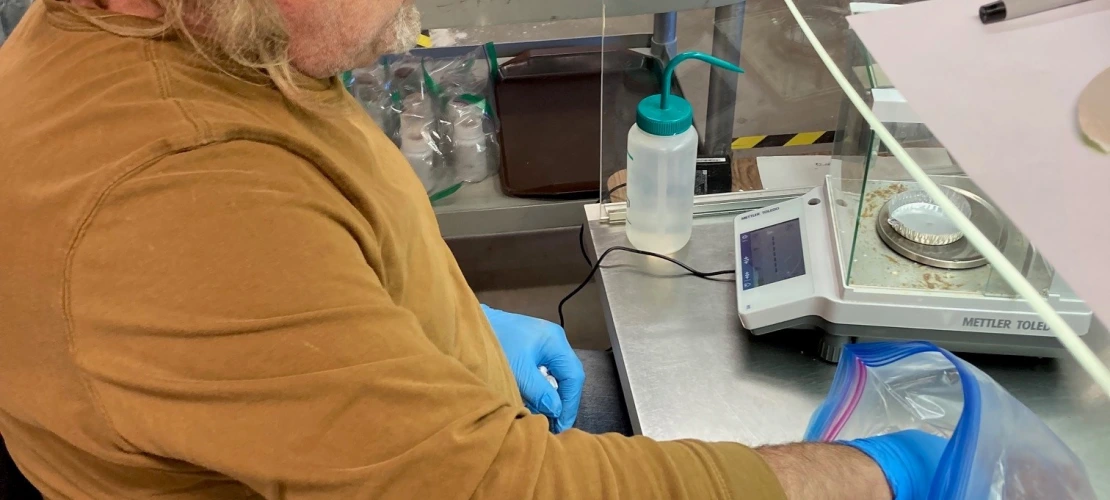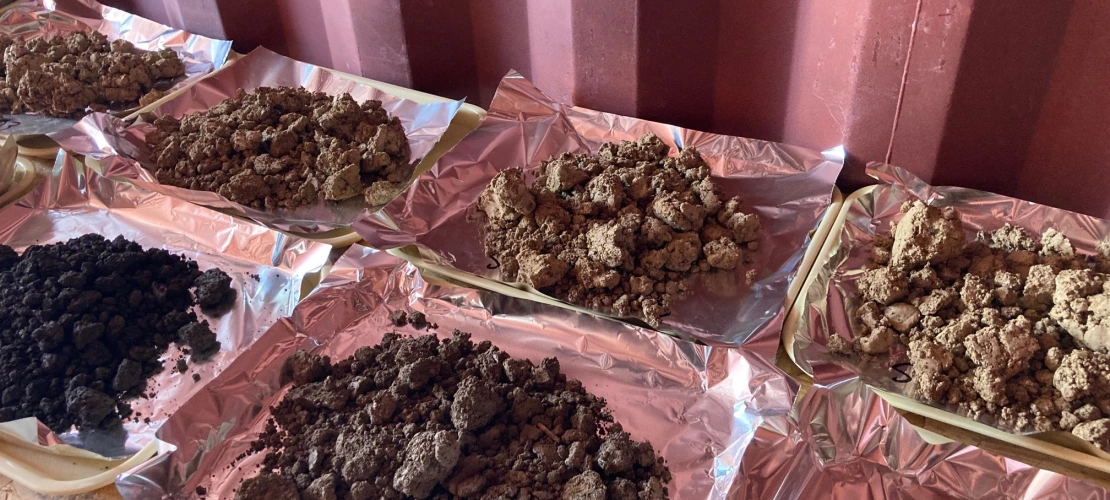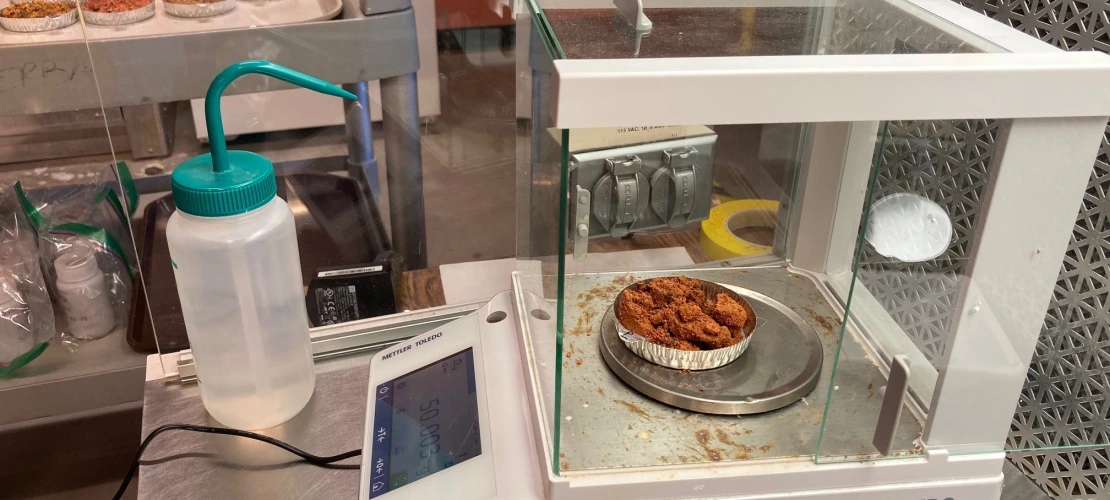Study aims to understand incidence and mobility of PFAS in soils
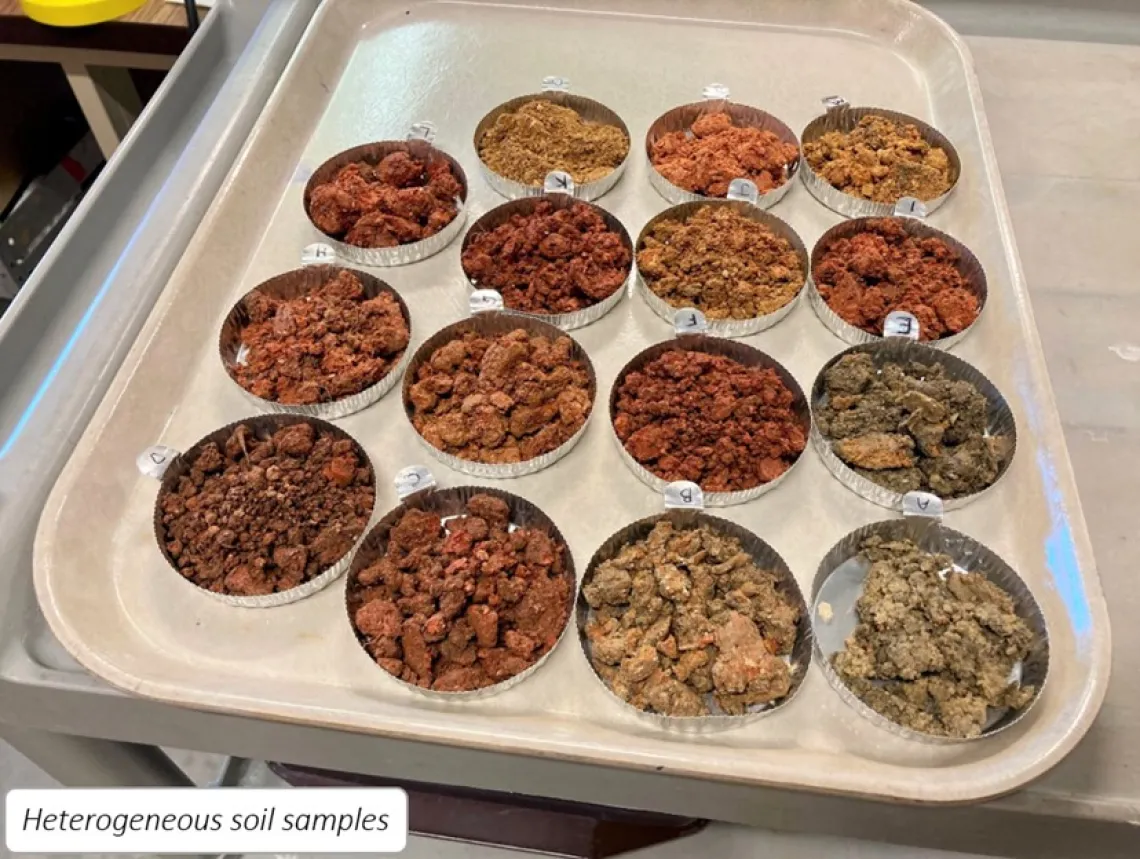
Soil samples from the National Collaborative PFAS Study
Sarah Prasek
Concern over PFAS in biosolids recently led to a ban of land application in Maine and elsewhere. In response, the National Collaborative PFAS Project, led by Dr. Pepper of the WEST Center, is designed to evaluate the incidence and mobility of PFAS in soils with a history of land application of biosolids.
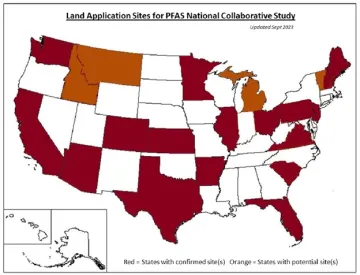
The project has gathered momentum throughout its first year. Heading into fall 2024, the WEST team has coordinated with organizations across the United States, receiving soil and water samples from 16 sites with 7 in queue. Thus far, confirmed sites are located in 17 states and represent a wide variety of soil types, biosolids land application rates, depths to groundwater, irrigation and farming methods, and more.
Soils are collected from several depths at each site and, when possible, are paired with groundwater samples from the area. Samples are then sent to WEST Center, where they are processed and taken to the University of Arizona’s Arizona Laboratory for Emerging Contaminants (ALEC) for PFAS analysis. Samples are also analyzed for moisture content and basic soil texture in the WEST laboratories, and will undergo additional analyses (e.g., organic carbon content, clay mineralogy, soil pH) needed for modeling efforts.
Results from all analyses will be used to model data to better understand PFAS leaching behavior and risk in the environment. UArizona researchers Bo Guo and Mark Brusseau have developed and published a screening risk assessment model for PFAS leaching, and are a great asset to the project. Data from the National Collaborative study will be used to predict the extent of leaching with respect to biosolid loading rates and soil texture. A model that captures the transport dynamics of PFAS will greatly improve site-specific risk assessment and provide information necessary to prevent groundwater contamination by these chemicals.


